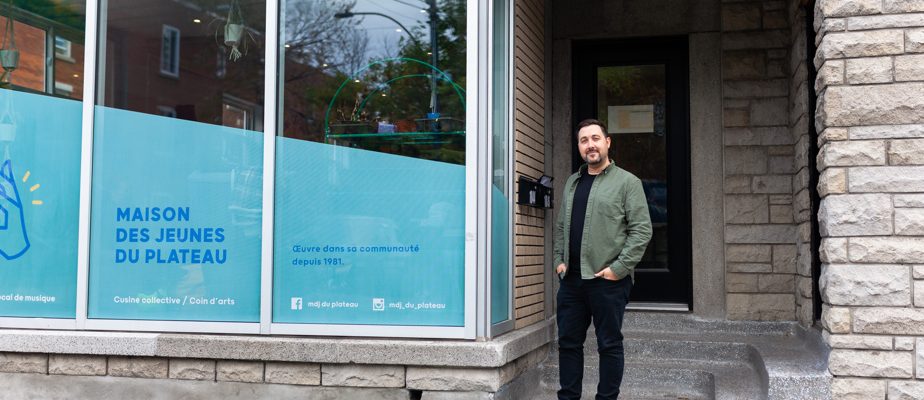In the last few days, several undeniable signs show us that spring has arrived: the snow is melting, the flowers are budding and the Quebec Ministry of Finance has tabled its budget. In the community, there was hope for milder weather.
Unfortunately, the resources granted are, once again, insufficient. For the 227 youth centers (MDJ) members of the Regroupement des centers des jeunes du Québec (RMJQ), representing more than 270 living environments across the province, the disappointment is deep: the amounts granted demonstrate a real misunderstanding of the essential role that they play in Quebec society.
According to the most recent data available to the RMJQ, there would be a shortfall of $72 million annually for the 227 MDJs to really meet the needs of teenagers. However, according to what has been announced for the moment, each MDJ could receive an amount of $12,000 from the envelope of $36 million allocated to more than 3,000 independent community organizations in health and social services. Obviously, the difference between the needs on the ground and the government’s response is major.
The mental health of teenagers is worrying, but the MDJs are always present!
The MDJs are true multipurpose living environments. Driven by a global approach, they allow teenagers to consolidate their self-esteem, by developing their solidarity around collective projects. While having fun, young people find ways to express themselves and act, take care of their health and well-being, develop their autonomy, understand the basics of democracy, etc.
MDJs therefore wear a thousand and one hats, including that of mental health prevention and promotion. While the mental health of young people is fragile, the MDJs are part of the solution to support them, raise awareness and inform them. Moreover, according to a recent survey conducted by the RMJQ among its members, 91.7% of MDJs participated in projects or activities to promote or prevent mental health among young people this year, such as on the anxiety, emotional management, healthy relationships, etc. How much funding do you think they received for mental health prevention? For the vast majority: $0. This is nonsense when it is estimated that just over 15,000 young people have been reached through these projects.
Inadequate working conditions to foster the essential meaningful connection with teens
Moreover, while the intervention in MDJ, in particular that in mental health, is based on the significant bond that develops and maintains the teenagers and the interveners, the current working conditions in MDJ are far from being optimal. As a result of chronic underfunding, staff turnover and retention rates clearly show that DOJs struggle to recruit and retain workers who reluctantly turn to other more advantageous work environments.
Still according to the same survey, it is estimated that more than half (57.5%) of workers earn an hourly wage of less than $20. While fast-food establishments offer entry-level wages of up to $17/hour. These salaries are far from competitive for people who have to juggle an atypical schedule and major responsibilities, in addition to having specific training.
As the good weather returns, let’s collectively reflect on the elements our young people need to flourish and invest in those who sow social justice, democracy and respect in their minds, such as the MDJs.

